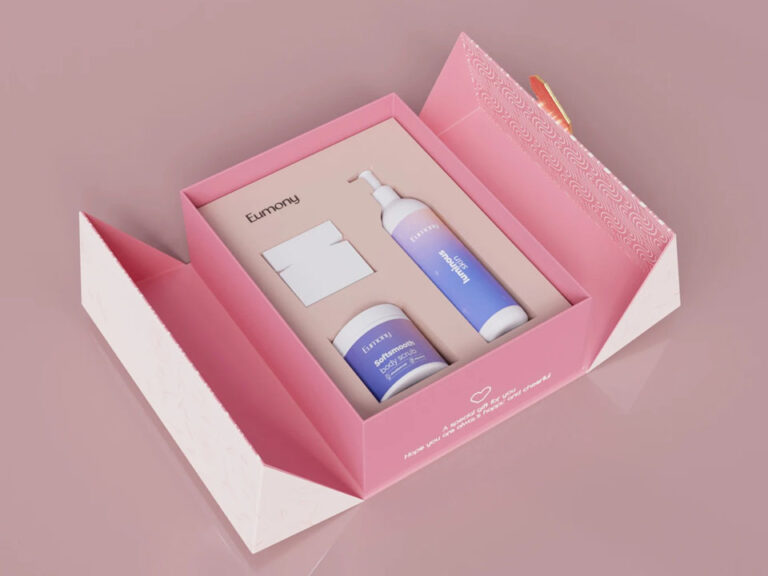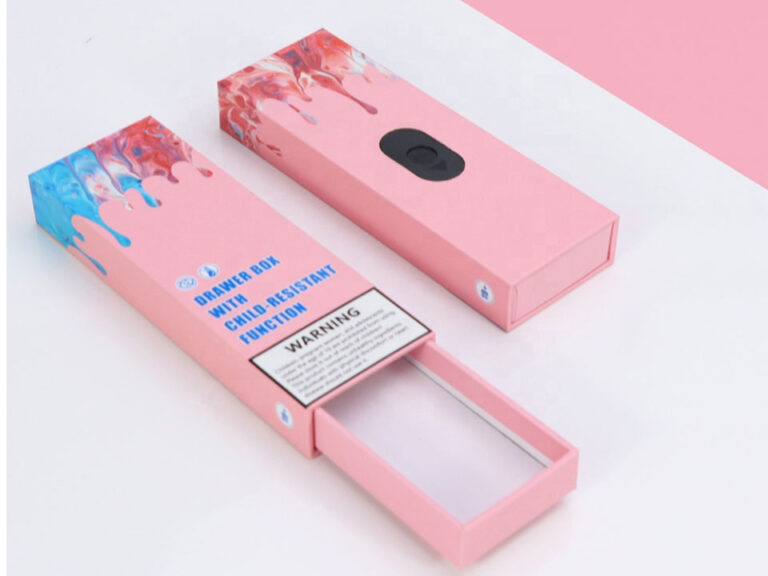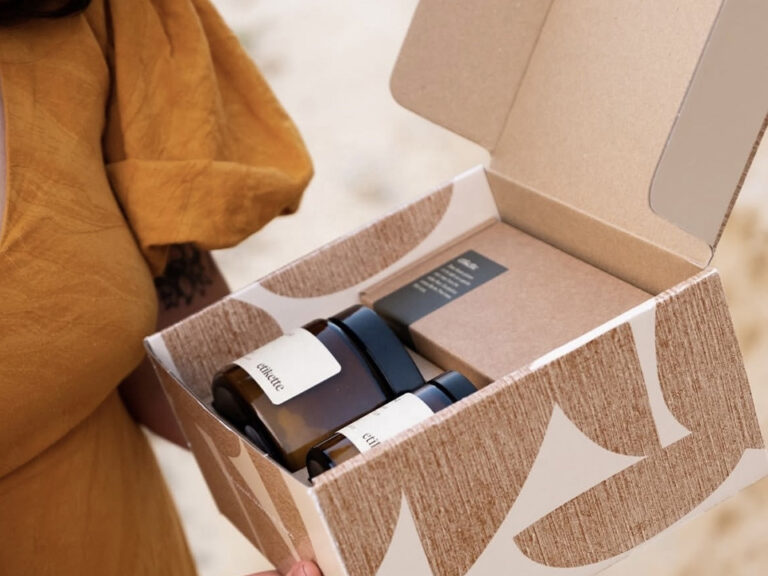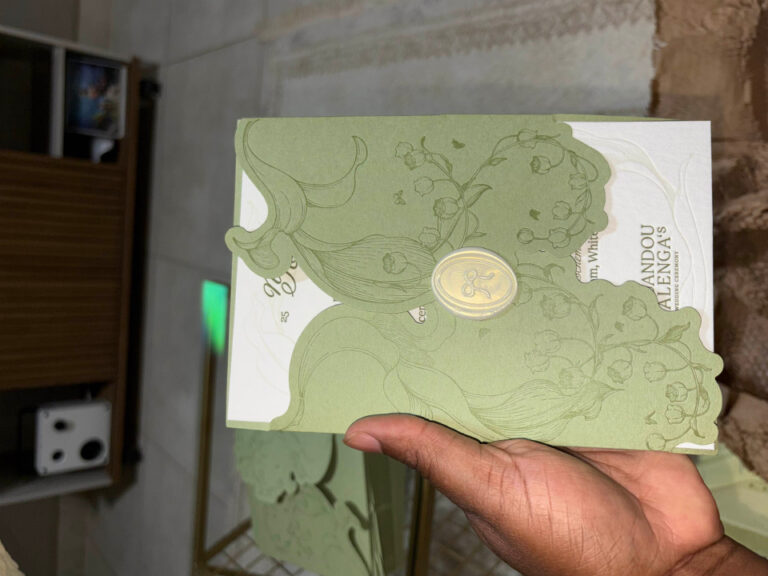Seven Innovative Paths For Shoe Packaging Box Design In The Future
Abstract
Shoe boxes are getting smarter, lighter, and easier to love. Ahead are seven practical paths you can put into pilot now—clean materials, lean structures, AR/NFC touchpoints, modular reuse, AI-led customization, and art collaborations—built on proven packaging platforms so your team can move fast.
Table of Contents
1. Transformation of environmentally friendly materials: from plant-based ink to bioplastic revolution
Plant-based inks and water-borne coatings for low-VOC printing
Switch to soy or other plant inks with aqueous coatings to keep color fidelity high while cutting solvents on kraft or SBS boards. Match inks to the substrate you already use for apparel boxes to simplify qualification.
Bioplastic films and cellulose windows with clear end-of-life
Use PLA/PHA liners or cellulose windows where transparency matters, and specify disposal guidance inside the lid. For handles or trays, fiber-reinforced bio-resins balance strength and recyclability—compatible with rigid formats such as collapsible gift boxes.
Mono-material thinking to protect recycling streams
Reduce mixed laminations and foils so the whole structure can follow a paper-first path. When you need an outer shipper, piggyback on your printed corrugated boxes program to stay in one material family.
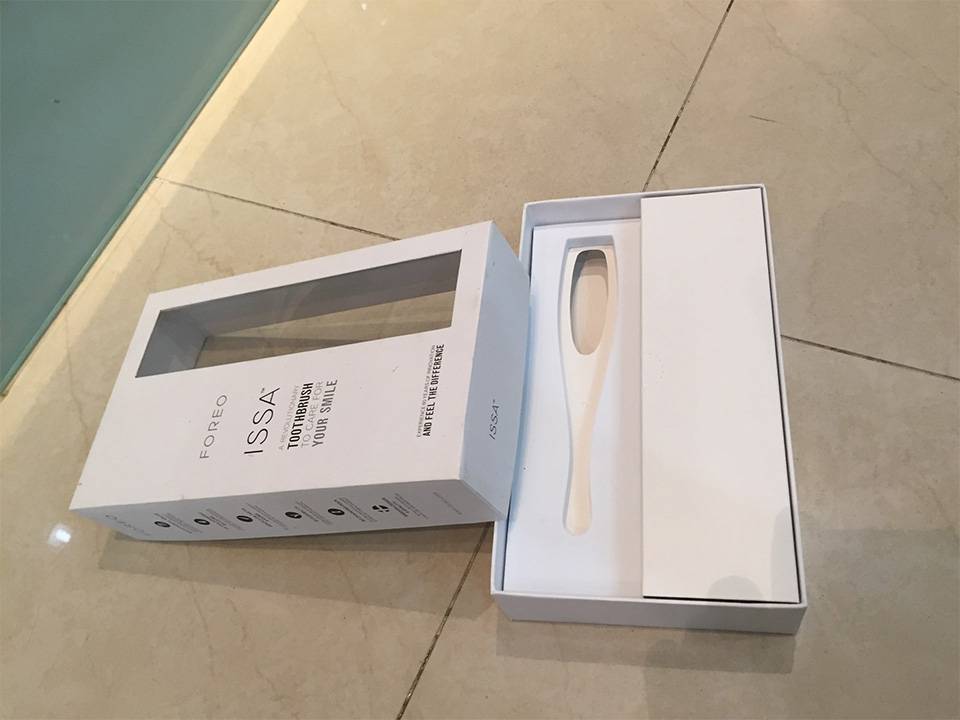
2. Minimalist structural revolution: from folding design to spatial aesthetics
Lightweighting through dieline simplification
Move from two-piece lids to one-piece auto-lock bases or drawer styles. You’ll cut board usage and assembly time while improving the unboxing flow anchored by proven folding cartons.
Spatial aesthetics with fewer components
Replace plastic vac-forms with paper ribs, negative space, and die-cut cradles. Keep the hero silhouette of the shoe visible, then echo it on an inner sleeve—techniques that port cleanly to collapsible gift boxes.
Flat-ship engineering to shrink freight
Design quick-erect locks, gussets, and corner posts so boxes ship flat and pop up in seconds. Use magnet positions and tabs already validated on your rigid lines for consistency.

3. Smart interactive experience: from AR traceability to temperature-sensitive development
AR/NFC storytelling and product passports
Add QR or NFC for authenticity, size guidance, care tips, and returns. Durable IDs can also carry a digital product passport and recommerce paths, supported by inside-lid printing on your folding cartons.
Temperature- and condition-sensing cues for quality control
Thermochromic inks or moisture indicators flag heat or humidity exposure during transit so store staff can triage without opening every box.
Video inserts for limited releases
For VIP drops, integrated screens deliver a creator message or care guide. These executions are managed on the same platform as your video-pak projects.
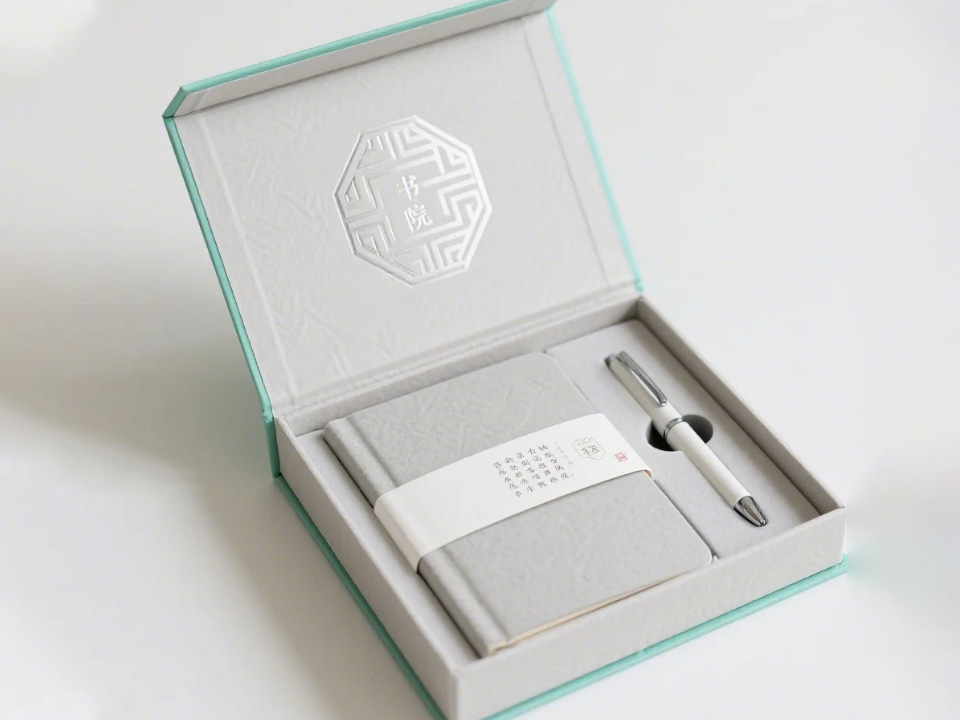
4. Translation of cultural symbols: from oracle bone totem to localized narrative
Region-ready kits that swap sleeves and badges
Build a core box and swap outer sleeves, badges, or type layers to localize for festivals, sport culture, or city pride. Pair textures and foils with natural papers from your kraft paper gift boxes library.
Material palettes that echo place and craft
Think linen, bamboo fiber, or stone-touch papers to ground the story. Carry the narrative into the carry-out moment with coordinated paper gift bags.
5. Modular circular design: from detachable components to service packaging
Detachable inserts for easy recycling and returns
Use scannable inside-lid maps to show how to disassemble. Inserts should separate cleanly and recycle on their own—no hidden glues.
Second-life utility by design
Engineer stackable organizers or travel keepers so boxes earn a second life at home. Merchandise the idea in-store with compact cardboard displays that demonstrate reuse.
Mailer-first shipping to cut “box in a box”
When shipping DTC, a single tough mailer with interior branding often beats a gift box plus outer shipper. Start with dialed-in dies from printed corrugated boxes.
6. Data-driven customization: from AI generation to genetic coding
Variable data printing for localized drops
Rotate graphics by city, size run, or loyalty tier without art chaos. Digital workflows align with your existing folding cartons to keep throughput steady.
AI-assisted color systems and pattern libraries
Feed brand palettes into generators to create seasonal textures that slot into one dieline. Lock ink limits and board tints up front so press time stays predictable.
Serialized IDs that unlock care, repair, and buy-back
QR/NFC chips enable care guides, spare laces, or refurbishment—turning packaging into a durable service surface.
7. Cross-border art collaboration: from trendy IP to architectural aesthetics
Collaborations that shape both surface and structure
Invite artists to co-design graphics and form—arches, bevels, and stepped lids inspired by architecture—built on rigid formats like collapsible gift boxes.
Retail theatre that extends to the street
Synchronize window visuals, on-shelf presence, and unboxing thumbnails. Finish the journey with matching paper gift bags and compact cardboard displays for launch stacks.
Summary
The future shoe box is cleaner, calmer, and more capable—easy to recycle, fast to assemble, rich with useful data, and designed to live on. Start with known substrates, trim parts, add smart IDs where they matter, and scale creativity through modular kits and localized sleeves. Explore the core range to move from idea to pilot: home, printed corrugated boxes, folding cartons, collapsible gift boxes, paper gift bags, and cardboard displays.






